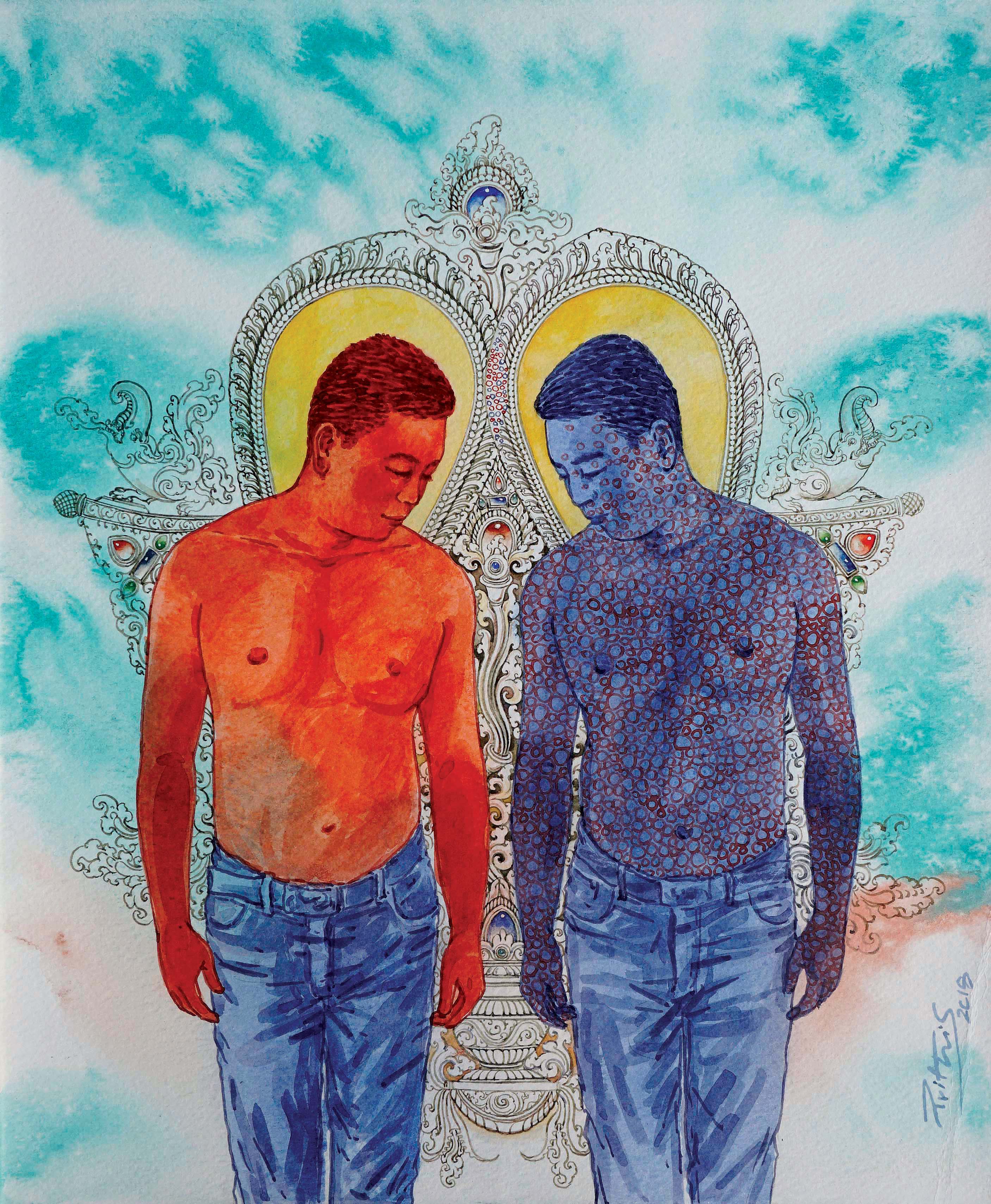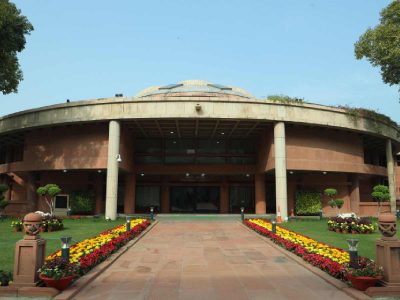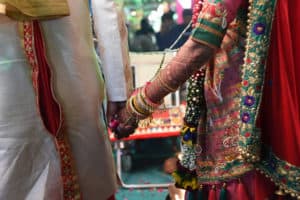Eight artists of four South Asian nations got together in Kathmandu to create artworks – personal encounters, myths and fables — that are now being exhibited in Delhi
Political conflicts, religious tension, socio-economic disputes — the world is no stranger to these frictions when it comes to the relationship of countries sharing borders in South Asia. The constant struggle between conflict and cooperation has managed to make the lines between the countries, firm if not stronger.
Pushing past these boundaries in an attempt to blur the lines of conflict, is not some grand strategy or scheme that comes to play but the creative tool of art.
Putting together the work of eight contemporary artists from different countries, an exhibition in the city is dissolving the boundaries. Each of these artists explore a theme that is of immediate concern to them — the responsibility of power, memory and history and the use and enjoyment of the same in common spaces. They have come together in a place that gives them freedom to transcend the socio-political as well as the geographical boundaries standing between four nations of South Asia: India, Pakistan, Bangladesh and Nepal.
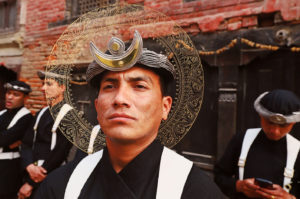
Two artists from each of the four countries came together at a residential programme held at Kathmandu in the summer of 2018 to create their works. This coming together was no fluke, but a well thought out process.
“Nepal, being a visa-free zone, was the perfect location for the artists. Although we are neighbours, there are several visa hassles, there are these geographical hurdles that one has to keep in mind. Also, the artists wanted to utilise the local craftsmanship of the country,” explains Bhavna Kakkar, the curator of the exhibition.
To voice their concerns, these artists have collaborated with the traditional Paubha artists of Nepal. A traditional art form of Nepal, the Paubha paintings blend seamlessly with myriad etchings, pencil drawings, watercolours and prints and eventually accentuate each of these artworks. The detailed subtlety and delicacy of the Paubha traditional motifs that have been employed to arrive at the final work, serves as an impactful medium to convey the concerns and emotion of the artists.
“As a traditional art form that is still very much in practice, Paubha blends modernity as well as tradition,” explains Bhavna.
Evolving over years of discussion, these eight artists decided to merge and create an entire set of paintings representing the varying techniques of contemporary art forms and the traditions of Paubha art. This culminated in the exhibition titled ‘Nowthere’.
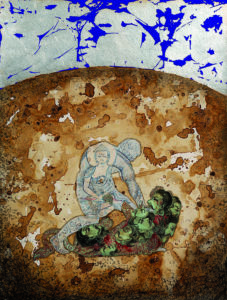
“The title is symbolic of the transient state of this country. It suggests time as well as space. It refers to today and tomorrow as well as ‘here’ and ‘there’, that is the next-door country,” says Bhavna.
From multiple layers of personal encounters, myths and fables, intrinsic self-observation, to emulation of important personalities, all of these come together to form an interesting set of artworks in the exhibition which bridges the gap between time, space, geography and personal identities.
For instance, take the work of Waseem Ahmed, an artist based in Lahore, whose art brings the essence of the whole project together. The series titled ‘Myth and Realities’ features Gods and Goddesses from Hindu, Roman and Greek culture, as well as significant religious figures like Gautam Buddha. Using mythology and images from the past, he narrates a story of the present times. The sculptures of war heroes, mythological gods of past times tend to narrate how the socio-political events of today are similar. “My work explores the connection of all the countries beyond the invisible borders through mythology. The violence in these stories is a part of our reality now,” says Waseem.
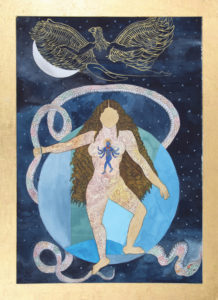
Drawing inspiration from Indian mythology, artist Seema Kohli features a women protagonist who is no longer fettered by the chains of either body or mind. It is about yoginis and dakinis and about their feminine energy and her various manifestations, whether it is her paintings or her etchings. She has used 24-carat gold leaf on paper to create some mesmerising art and explores the shared history and tradition of these countries.
Another artist who makes use of these gold leaf sketches on paper, Mahbubur Rahman of Bangladesh, draws his inspiration from iconic leaders of the world and particularly the South Asian arena. His work features the likes of Mahatma Gandhi, Jawaharlal Nehru, Muhammad Ali Jinnah, George W Bush, Kim Jong-un and others, all sketches evocative of Paubha art.
Moving to more contemporary and recent events, artists Maria Waseem and M Pravat’s creations are based on the 2015 earthquake in Nepal. Based in India, M Pravat confesses that he had no knowledge about Paubha artists before embarking on this project but upon researching on the internet and speaking to the local populace in Nepal he discovered that they relied heavily on the traditionally revered motifs of the five elements of air, water, earth, sky and ether and believed that it was their faith in Lord Bhairon which helped them survive the devastating 2015 earthquake. This unfettered resonance with their religion and its spiritual influence on their lives and livelihoods drew Pravat to their work, as he believed it to be one of the most important connections of the four countries.
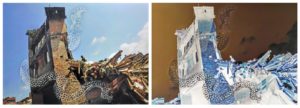
“This aspect of faith is highly emphasised in the South Asian countries especially when compared to other European countries,” Pravat explains. His works are marked with a fine blend of practical understanding and faith.
Having digitally photographed architectural images for several years, he chose to depict the destroyed architectural structures from the earthquake, embedding them with transparent pigment of Paubha art. Similarly, Maria Waseem deftly captures both the old and new parts of the landscape; the juxtaposition of Paubha technique augments them with a metaphoric blend of the traditional art with modern photography techniques.
Apart from exploring the connection of faith, another artist explores the notion of cultural attachment. The works of Nepal’s Sauraganga Darshandhari is laden with details that are particular to the culture of her country. “Attachment to our culture is very prevalent among our countries. Be it architecture of our homes and temples, to everyday rituals, the attachment to these are very strongly present in these four countries.” Her sketching features women in their traditional costumes and has a high influence of nature.
Connecting to these ethnic roots, Prithvi Shreshtha, also from Nepal, has used a process of introspection and intrinsic shadow play. His watercolour works are a result of his reactions to the people of South Asia as well his own shadow.

Shedding light on the issues of violence against women which is highly prominent in all of these countries, Bangladeshi artist Begum Tayeba Lipi has used the veil or the metallic mask as a metaphor to portray the subjugation of women. Through her pencil and gold and silver leaf creations on paper, she articulates the issue of subjugation of women, suppression and misogyny in her country.
While newsfeeds of cross-border terrorism and tensions regularly pop up on our screens, it is perhaps projects like Nowthere, which are proving to be the proverbial bridges between the countries.
The exhibition is on display at Gallery Latitude 28, till February 28.

